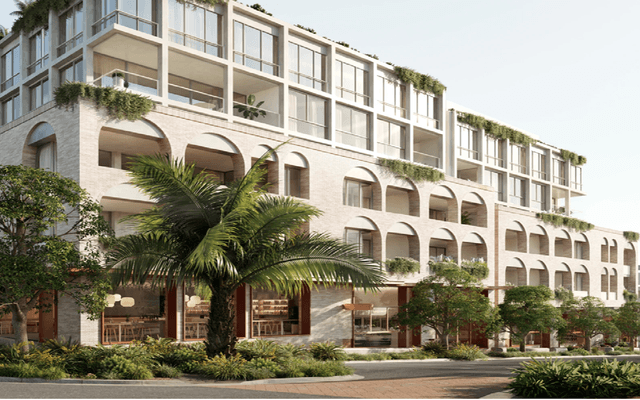This article is from the Australian Property Journal archive
The Urbis Melbourne Apartment Essentials Q4 2015 report found off-the-plan apartment activity continued throughout 2015 in spite of tightening lending criteria, overseas purchaser surcharges and changes to central city planning controls.
Urbis economics and market research director Mark Dawson said that Melbourne’s liveability, diverse economy and population growth have supported demand.
Urbis found while 10 projects had sold out at the close of Q3 2015, almost the same amount of projects were launched in Q4, totalling some 2,000 apartments that came to market as developers took advantage of the weather and the festive season.
Reflecting more broadly on future supply, Dawson observed a spike in activity in the middle of 2015, with a high volume of development applications submitted, particularly within the Central precinct, prompted in large part by the timing of the Metropolitan Planning Levy.
As at Q4, less than half of the central city development pipeline was approved, leaving some uncertainty over timing and ultimate volume of projects in application.
“By the end of the year in Q4, while the bulk of future supply continued to be concentrated in the Central precinct, there were early signs that uncertainty stemming from the interim controls had already started to apply the brakes to future development in the central city,” Dawson said.
Looking ahead, Dawson said the latest amendment Central City (C270) raises the prospect of further moderating future supply numbers in the Central Precinct.
The C270 reforms unveiled earlier this week by Planning Minister Richard Wynne has introduced a number of limits, including restricting the height of a development, which borders the site to a maximum of 18 storeys, a plot ratio of 18:1, and reduce street wall height from 40 metres to 20 metres as well as introduce greater setbacks for buildings.
Although developments would be exempt from these limits if they can incorporate community amenities, such as public space, a park or childcare centre – just to name a few, within the project.
“In the interim, Urbis is currently monitoring 11 new projects in inner Melbourne anticipated to launch early in 2016 and could bring some 3,000 new apartments to the market.
“A number of these will be surveyed in our Q1 2016 report which will serve as a continued barometer of purchaser demand and development opportunity in our changing city,” he added.
Meanwhile the report also showed that during the quarter the weighted average price from surveyed projects in inner Melbourne was $700,000 having ranged from $690,000 to $730,000 over the course of the year, with new CBD product a big driver of sales.
“Even at a 6% premium, the higher prices recorded in the central precinct remain well below the $1 million average for new apartments in inner Sydney, reinforcing Melbourne’s value proposition on the east coast.
“The Urbis sales survey results serve as a reminder that there are a number of sub-markets operating in inner Melbourne, varied by location, target market and price,” Dawson said.
Project surveys over the year recorded apartments from $310,000 to $4,800,000, demonstrating the spread of product type and purchaser profile in the market.
“With a selection of luxury developments preparing for launch, prices could well extend beyond this range in 2016,” Dawson said.
According to Urbis, Central remains the highest priced precinct with an average weighted sale price of $742,830.
The inner north remains the most affordable precinct in Melbourne to buy a new apartment, with an average weighted sale price of $518,230. The inner west precinct has seen a weighted average sale price of $570,600, an increase of $54,350 compared to Q3 2015.
Urbis found the two-bed, two-bath product remained the most popular across all precincts, equating to 45% of total sales.
Australian Property Journal




